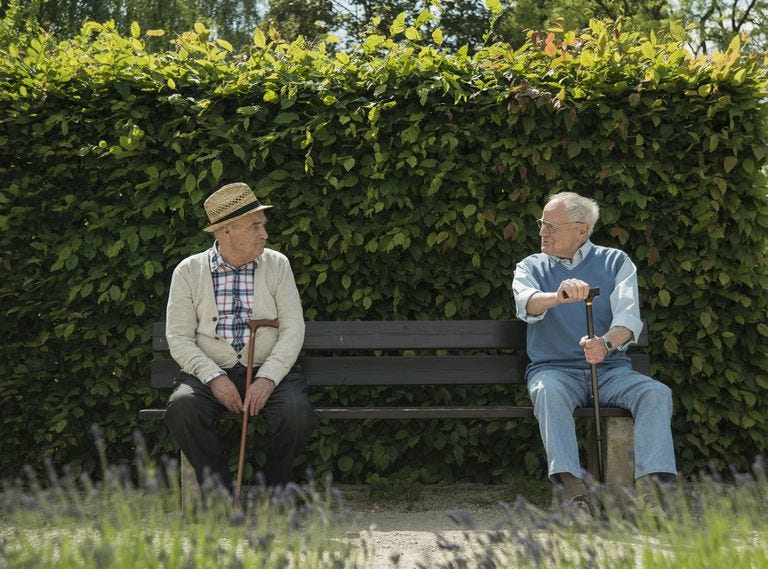One of the major measures implemented by the West to combat the spread of Covid was social distancing or 6 feet apart but was this based on real science or just another snappy catchphrase so beloved by hapless Governments?
All the evidence points to the latter, loosely based on outdated science to simplify the message it seems. It was as if the powers that be didn’t trust the Public to grasp and embrace a much more nuanced approach which is precisely what the science was telling us.
Here we share an interesting Analysis from the BMJ titled:
Two metres or one: what is the evidence for physical distancing in covid-19?
Rigid safe distancing rules are an oversimplification based on outdated science and experiences of past viruses
-BMJ-
INTRODUCTION
Physical distancing is an important part of measures to control covid-19, but exactly how far away and for how long contact is safe in different contexts is unclear. Rules that stipulate a single specific physical distance (1 or 2 metres) between individuals to reduce transmission of SARS-CoV-2, the virus causing covid-19, are based on an outdated, dichotomous notion of respiratory droplet size. This overlooks the physics of respiratory emissions, where droplets of all sizes are trapped and moved by the exhaled moist and hot turbulent gas cloud that keeps them concentrated as it carries them over metres in a few seconds. After the cloud slows sufficiently, ventilation, specific patterns of airflow, and type of activity become important. Viral load of the emitter, duration of exposure, and susceptibility of an individual to infection are also important.
This analysis looks at the origins of the 2 metre rule and then drills down into
droplet size;
droplet spread;
airborne particles;
distance;
ventilation;
occupancy;
exposure time etc etc
which suggests an arbitrary 6 feet apart rule just doesn’t cut it.
Key Messages:
Current rules on safe physical distancing are based on outdated science;
Distribution of viral particles is affected by numerous factors, including air flow;
Evidence suggests SARS-CoV-2 may travel more than 2m through activities such as coughing and shouting;
Rules on distancing should reflect the multiple factors that affect risk, including ventilation, occupancy, and exposure time.
You can read the full Analysis by clicking on the button below:




